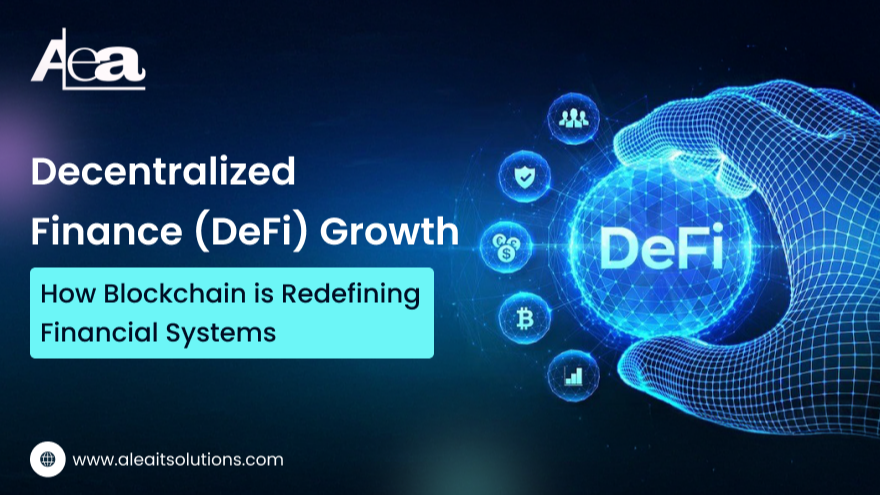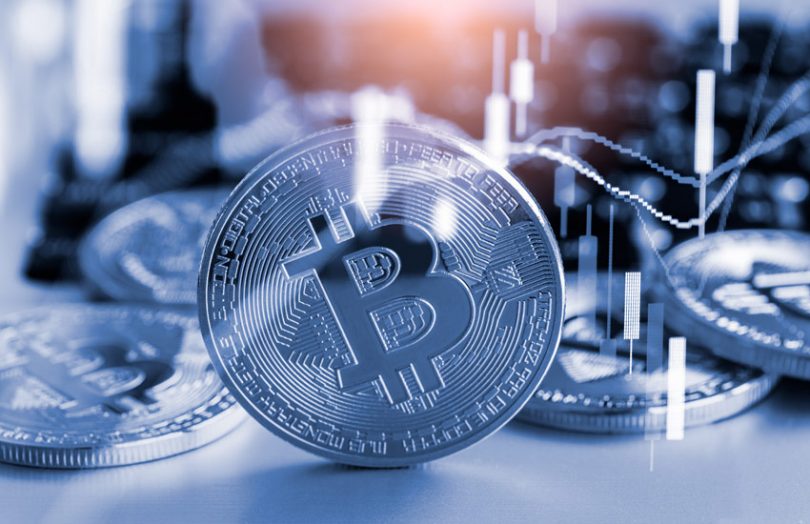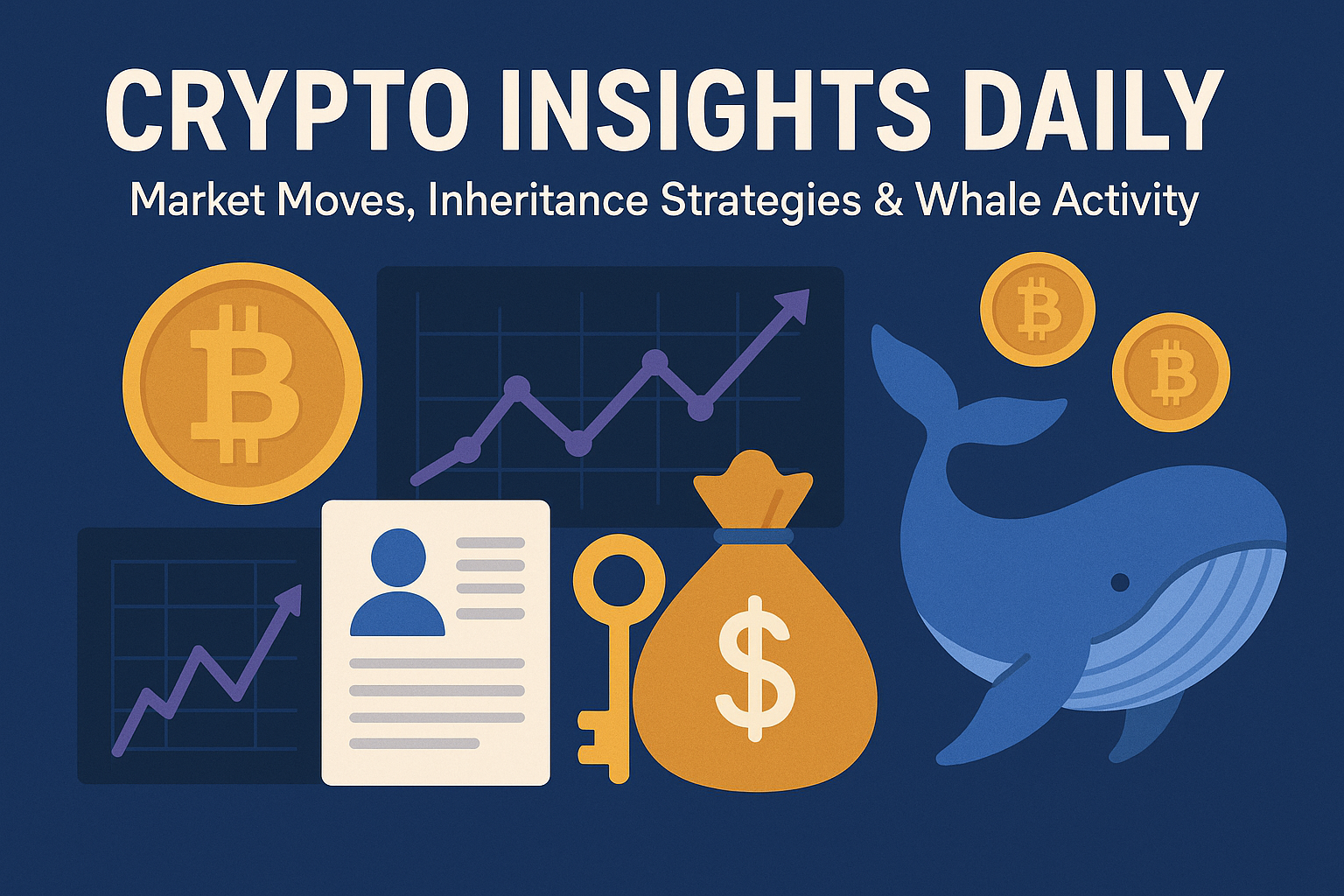NFTs burst onto the scene promising digital ownership like never before. But beyond the hype, a critical question persists: what actually gives an NFT value? Unlike traditional assets, the worth of a non-fungible token isn’t always tangible or universally agreed upon. From pixel art to dynamic virtual assets, understanding NFT value requires exploring factors that go beyond aesthetics and rarity.
Rarity and Scarcity: The Original Drivers
One of the earliest metrics of NFT value was rarity. Collections like CryptoPunks and Bored Ape Yacht Club (BAYC) captured the market by limiting supply, creating exclusivity that fueled demand. Just as a rare painting commands attention in the physical world, rare NFTs become symbols of status and community membership.
Scarcity works hand in hand with historical significance. Early NFTs minted on Ethereum carry a premium simply because they represent pioneering moments in blockchain history. Ownership of these tokens is not just about art—it’s about holding a piece of the digital revolution.
Utility and Functionality: Moving Beyond Collectibles
The market is shifting from purely visual or collectible NFTs to those that serve a purpose. Functional NFTs—whether granting access to exclusive events, enabling in-game abilities, or representing fractional real-world assets—derive value from their use cases.
For example, holding a token-gated NFT may allow entry to virtual conferences, special communities, or real-world perks. In gaming ecosystems like Axie Infinity or Illuvium, NFTs function as tradable assets, enabling play-to-earn models and digital economies. The more practical applications a token has, the more intrinsic value it can hold for users.
Community and Cultural Capital
NFTs often derive value from the community that surrounds them. Ownership isn’t just about the asset—it’s about belonging to a network of like-minded collectors, creators, and enthusiasts. Communities add social capital, providing benefits like insider information, collaboration opportunities, and shared events.
Cultural relevance also plays a role. Celebrity collaborations, meme-based projects, or NFTs tied to trending platforms can experience rapid spikes in value. These tokens carry intangible cultural weight that transcends their pixel count or blockchain utility.
Provenance and Authenticity
One of blockchain’s revolutionary contributions is verifiable ownership. NFTs carry a permanent record of their creation, previous owners, and transaction history. This transparency allows buyers to authenticate works and track provenance, providing confidence that the asset is unique and legitimate.
For collectors and investors, provenance can drastically affect perceived value. Early ownership by a notable figure, historical milestones, or association with significant projects can turn an ordinary NFT into a high-value asset.
Market Dynamics: Supply, Demand, and Speculation
NFT valuation is not immune to market forces. Supply-demand imbalances, platform visibility, and broader market sentiment all influence prices. Speculative behaviors often amplify short-term fluctuations, creating peaks and troughs unrelated to intrinsic qualities.
Investors need to understand that the NFT market is still young and highly volatile. While some assets may appreciate due to rarity or utility, others may decline if hype fades or community engagement diminishes.
Technology and Interoperability
The blockchain ecosystem supporting NFTs also impacts their value. Tokens that operate on efficient, widely adopted networks like Ethereum or Solana benefit from security, liquidity, and interoperability. Emerging standards like ERC-6551, enabling NFTs to hold other assets, or cross-chain capabilities can add functional layers, enhancing long-term utility and attractiveness.
Emotional and Personal Value
Finally, value is subjective. Some NFTs may hold little monetary worth but immense personal significance. Collectors may buy NFTs to support favorite artists, commemorate milestones, or participate in digital storytelling. These intangible factors, while not quantifiable, are a fundamental part of why NFTs resonate with people.
Final Thoughts: Pixels with Purpose
The value of an NFT is multidimensional, combining scarcity, utility, community, provenance, market dynamics, technology, and personal significance. While some tokens thrive on speculation, the emergence of functional, interoperable, and socially meaningful NFTs points toward a market maturing beyond novelty.
In the end, NFTs are more than pixels—they are digital experiences, assets, and memberships rolled into one. Their true worth lies in the intersection of tangible utility, intangible influence, and the unique stories they tell in the evolving landscape of the blockchain universe.









